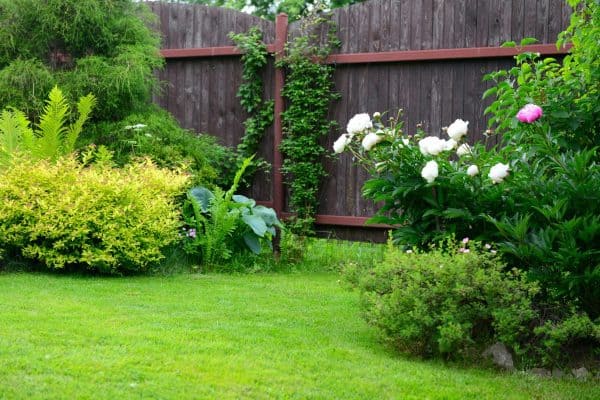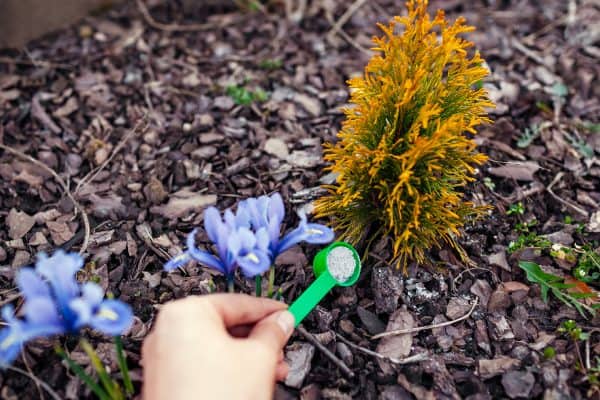There are many things homeowners can do to help improve the appearance of their lawn, such as watering and fertilizing correctly. But one task that is often debated is whether aeration actually helps to level the lawn. Luckily, we did research to explore more of the benefits of aeration and whether it truly helps to create an even lawn.
Not only is an uneven lawn unsightly, but it can also be dangerous, particularly if there are significant elevation changes. Lawn aeration involves using a special tool to create small holes in the ground. Although it is not a quick fix, lawn aeration can be an effective way to achieve a more even surface.
In this post, we will discuss the benefits of lawn aeration, how aeration can help to level your lawn, and the best time of year to aerate your lawn. Keep reading to learn more.
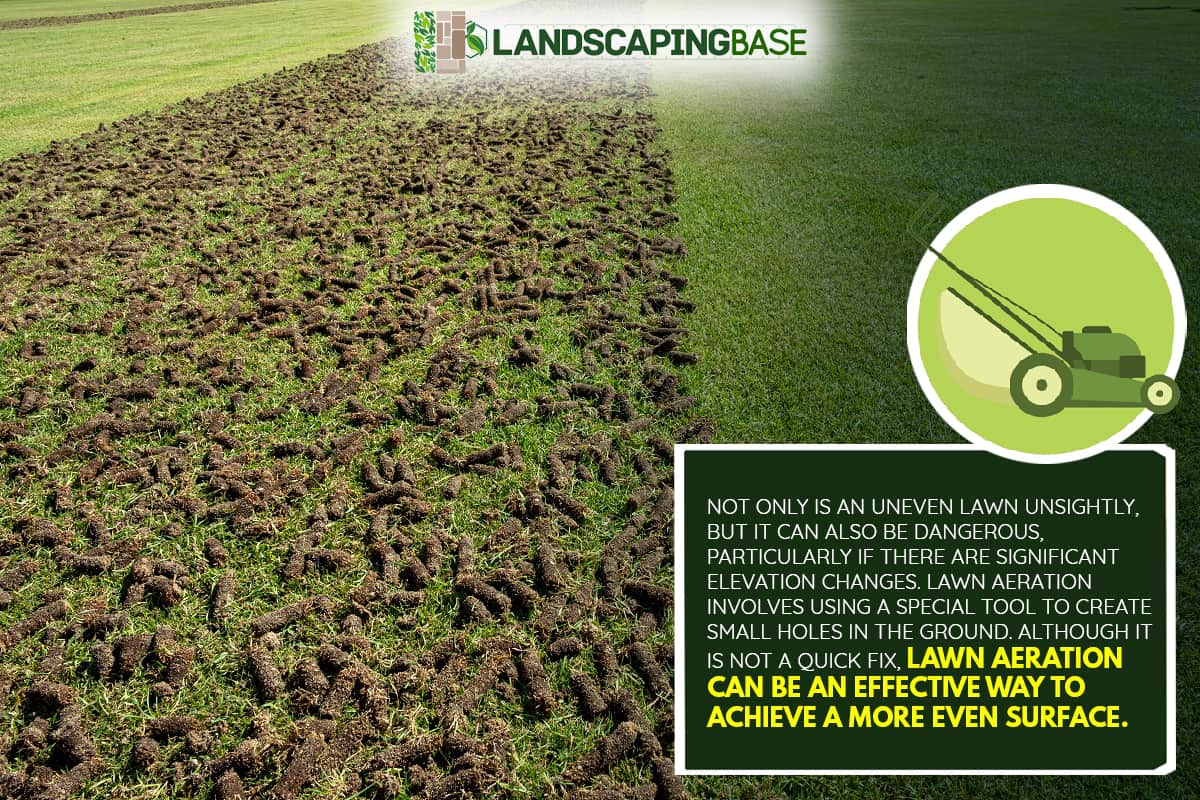
What is Aeration?
Aeration is the process of punching holes in your lawn to allow air, water, and nutrients to reach the grass' roots. This is especially important on compacted or heavily trafficked areas of your lawn. It can be done with a manual tool, but many homeowners prefer to use a gas-powered aerator.
Aeration loosens up the soil, making it easier for grass roots to spread and take hold. This gives your lawn a healthier appearance and helps to improve drainage. If you want a lush, green lawn this summer, be sure to add aeration to your list of yard chores!
How Do You Aerate Your Lawn?
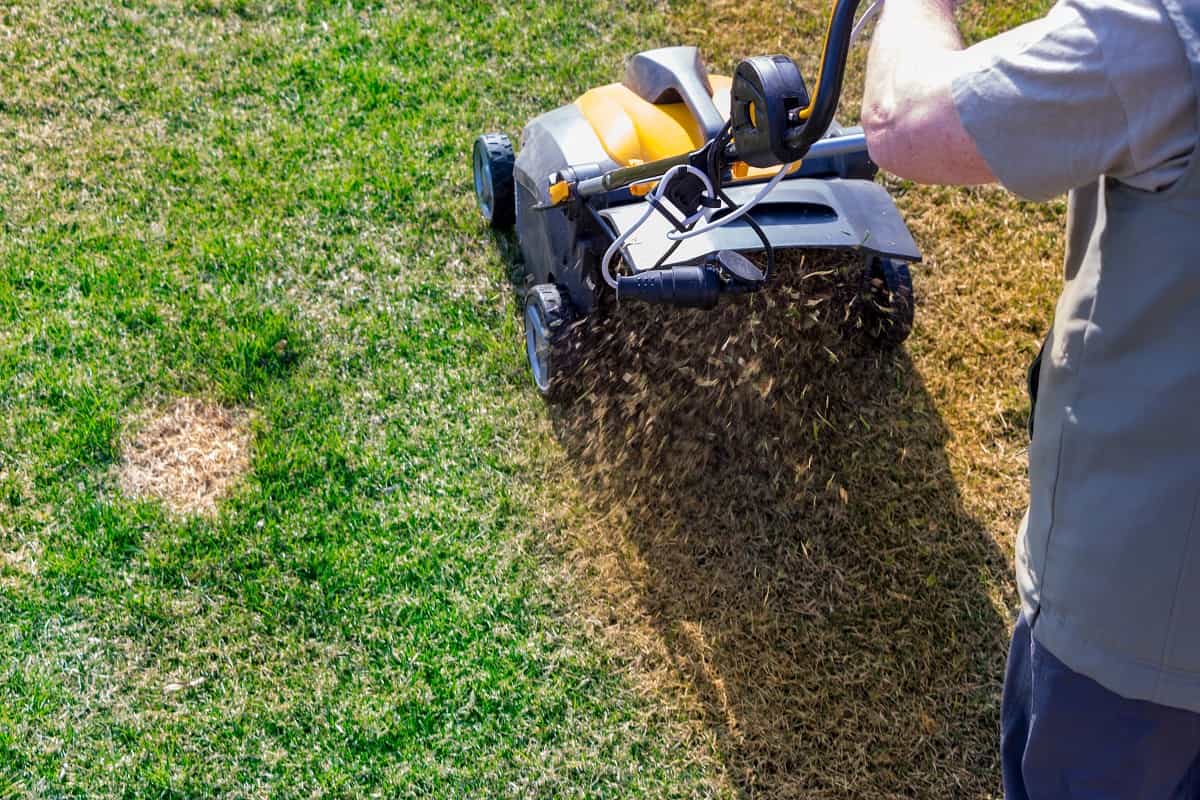
As any gardener knows, healthy soil is essential for growing healthy plants. Not only does soil provide nutrients and support for roots, but it also helps to regulate moisture levels and prevent weed growth.
But then, soil can also be quickly eroded by wind and water, damaging plant life and making it difficult for new seedlings to take root. One way to help prevent soil erosion is to maintain a healthy lawn.
Grass roots help to hold the soil in place, and the dense network of blades helps to deflect wind and water. In addition, lawns help to slow down the flow of rainwater, giving the ground a chance to absorb the water before it runs off. As a result, a well-tended lawn can play an essential role in preventing soil erosion.
If you're looking to achieve a healthy lawn, read on for instructions on how to aerate your lawn.
1. Mark the Area
The first step is to mark out the area that you want to aerate. This is typically done by driving two wooden stakes into the ground at opposite corners of the area.
Then, using a garden hose or rope, create a perimeter around the area that you want to aerate.
2. Begin Aerating
Once you have the perimeter marked out, it's time to start aerating. For best results, use a manual or electric lawn aerator. These devices puncture small holes in the ground, which allow air and water to reach the roots of your grass.
Get an electric lawn aerator on Amazon.
If you don't have access to a lawn aerator, you can also aerate your lawn by hand using a garden fork or spade. Simply insert the tool into the ground and twist it back and forth to create small holes.
3. Fertilize the Lawn
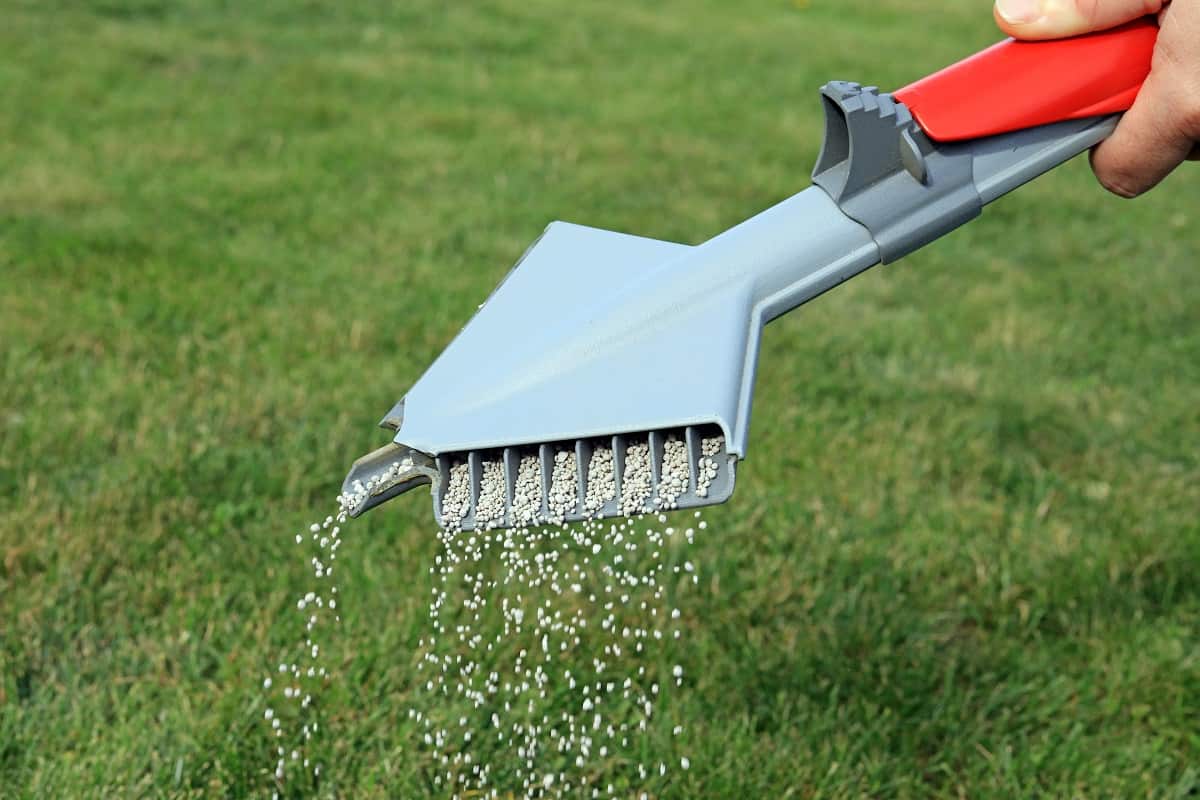
Once you've finished aerating your lawn, it's important to fertilize and water the area thoroughly. This will help your grass to recover from the stress of aeration and ensure that new grass seedlings have everything they need to take root and thrive.
With a little effort, you can keep your lawn healthy and prevent soil erosion.
What Are the Benefits of Aerating Your Lawn?
Lawn care experts often recommend aerating your lawn as part of a regular maintenance schedule. Aeration involves using a specialized tool to create small holes in the soil, which help improve air circulation and stimulate growth.
Although it may seem counterintuitive, aerating your lawn can actually improve its overall health. Here are some of the benefits of aerating your lawn:
Improved Air Circulation
The process of aeration creates small holes in the soil, which allow air to circulate more freely. This increased airflow can help to prevent compaction, which is a common problem that can lead to poor drainage and unhealthy turf.
Stimulated Growth
Aeration also provides an opportunity for important nutrients and water to reach the grass' roots more easily. This can lead to a thicker, lusher lawn.
Reduced Thatch Buildup
Excess thatch can prevent water and nutrients from reaching the roots of your grass, leading to brown patches and an unhealthy lawn. Regular aeration helps reduce thatch buildup, allowing your lawn to better take advantage of watering and fertilizing.
If you're looking for ways to improve the health of your lawn, aeration should be high on your list. By taking this simple step, you can enjoy a thicker, greener lawn that is better able to withstand heavy foot traffic and harsh weather conditions.
Are There Any Drawbacks to Aerating Your Lawn?
Aerating your lawn can have a number of benefits, from improved drainage to reduced compaction. However, there are a few potential drawbacks to consider as well.
- First, aeration can be time-consuming and labor-intensive, especially if you have a large lawn.
- Second, it can be expensive to hire a professional to do the job.
- Finally, aerating your lawn can leave it vulnerable to weeds and other pests. If you decide to aerate your lawn, be sure to do so at the right time of year and take care to protect your lawn afterward.
With proper planning and care, you can enjoy all the benefits of a healthy, thriving lawn.
How Long Does It Take for Aeration to Work?
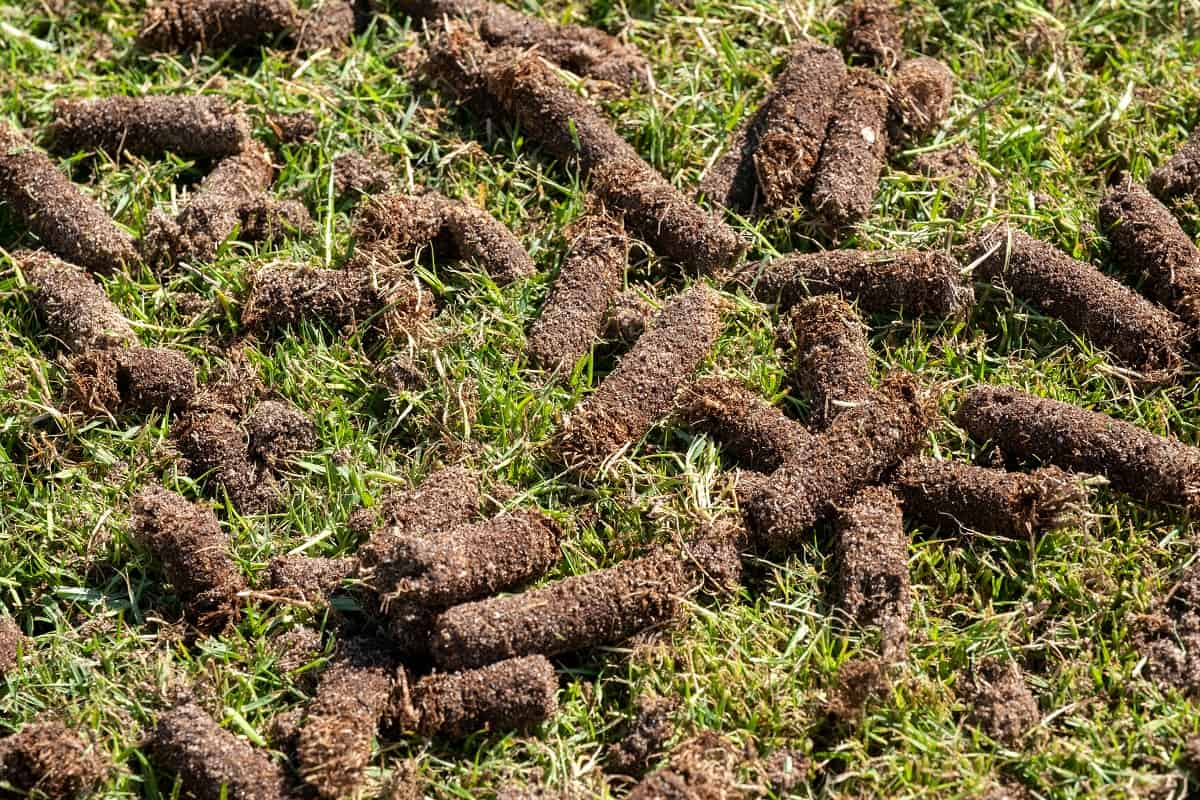
One of the best things you can do for your lawn is to aerate it on a regular basis. Aeration helps to improve drainage and increase air circulation, both of which are essential for a healthy lawn.
But how long does it take for aeration to work? The answer depends on a number of factors, including the type of soil, the weather, and the amount of traffic your lawn receives.
In general, you can expect aeration to take effect within 30 minutes to 1 hour. However, it may take longer for the benefits to be fully realized. Over time, aeration will help to make your lawn healthier and more resilient, so it's well worth the effort.
What Month Should I Aerate My Lawn?
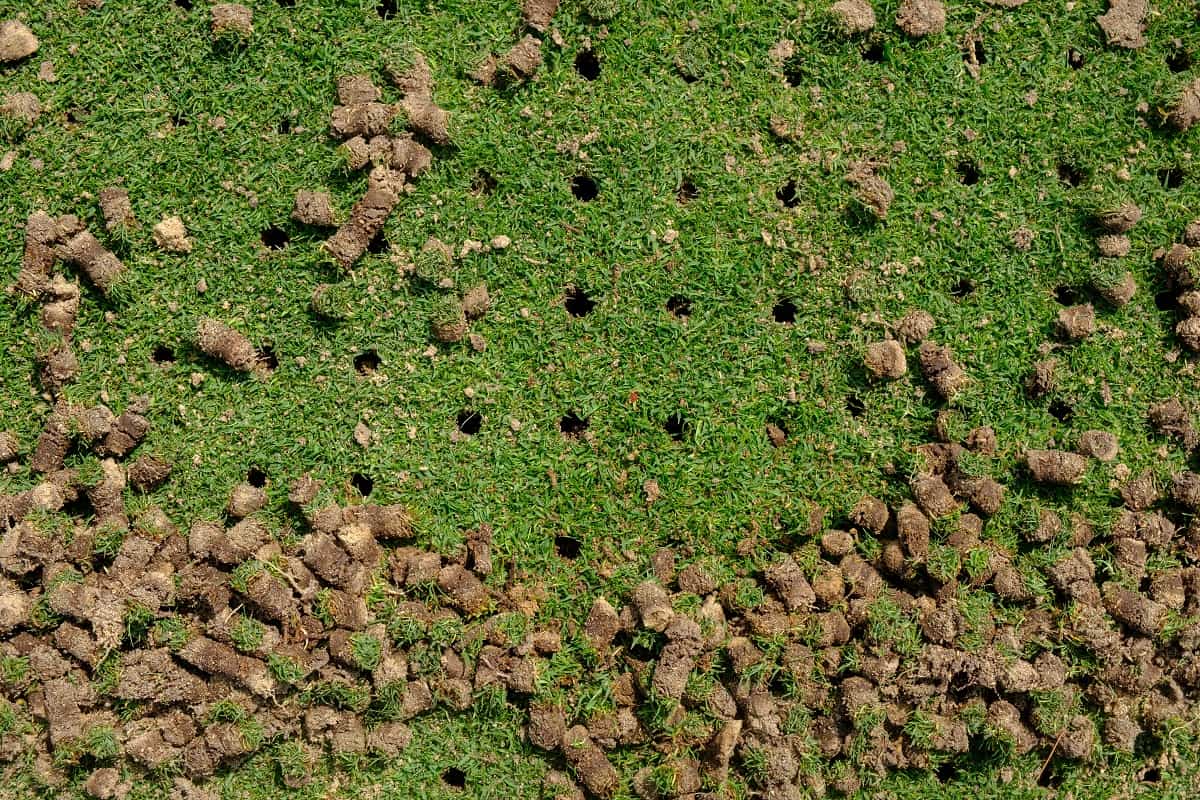
Aeration is an important cultural practice that should be performed every year on all lawns. The best time to aerate your lawn depends on the type of grass you have.
- For cool-season grasses, the best time to aerate is in early spring or fall.
- For warm-season grasses, the best time to aerate is late spring through early summer.
Aeration helps improve air circulation, water infiltration and drainage, and fertilizer uptake and utilization. It also helps reduce thatch accumulation and relieves soil compaction.
If you have a heavily used lawn, you may need to aerate more frequently than once a year. Be sure to follow the manufacturer’s recommendations for your particular brand of lawn aerator.
How Often Should a Lawn Be Aerated?
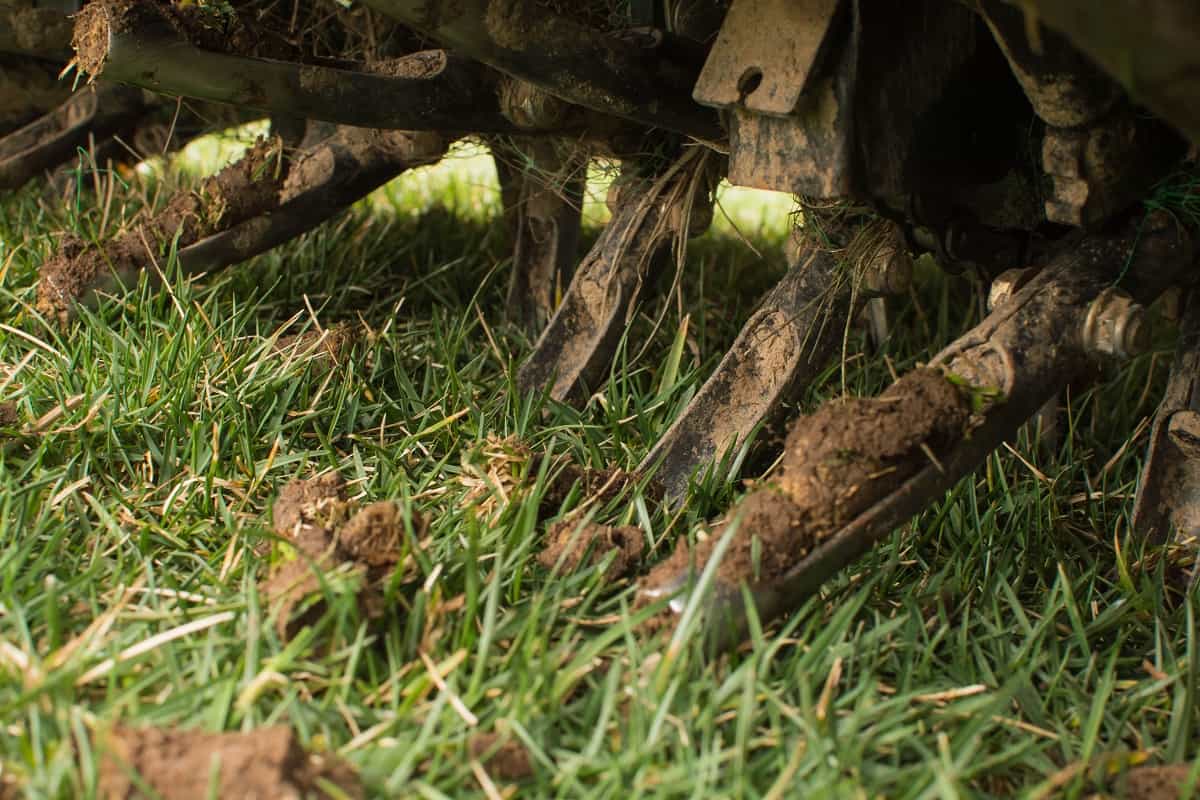
Aeration is an important part of lawn care, but it's often misunderstood. Many people believe that aerating their lawn will help the roots to grow deeper, when in fact, the opposite is true.
The purpose of aeration is to loosen up compacted soil and allow air, water, and nutrients to penetrate the root zone. This allows the roots to spread out and grow laterally, resulting in a healthier lawn.
Most lawns should be aerated at least once per year, although lawns with compacted soil or high clay content would be great from aeration twice annually.
If you're not sure whether your lawn needs to be aerated, consult with a professional lawn care company. They will be able to assess your lawn and provide you with the best advice.
Conclusion
Lawn aeration is a process that helps to improve the overall health of your lawn by increasing oxygen levels and promoting water drainage. It's an important part of keeping your grass healthy and looking great, so if you haven't done it already, consider adding it to your spring landscaping checklist!
If you wish to get more tips on maintaining your landscape, see our posts below:
North Facing Front Yard Landscape Ideas [15 Gorgeous Options]



